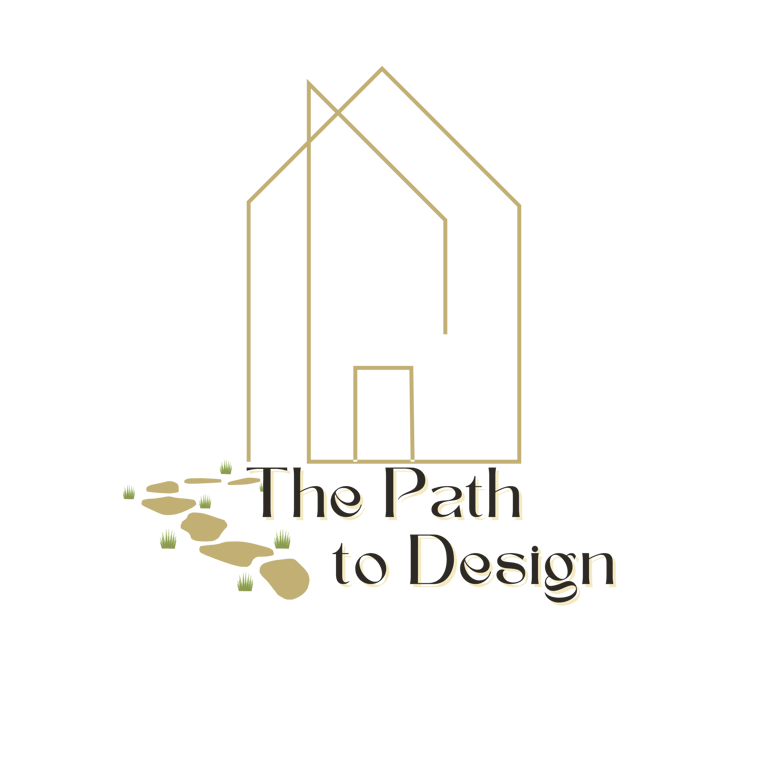The 7 Principles of Interior Design: How to Make Every Room Feel Just Right
As a home lover who wants to make your space feel more balanced, inviting and uniquely you, walk the path with me into the 7 Principles of Interior Design.
by Natasha Del Brocco
5/14/2025
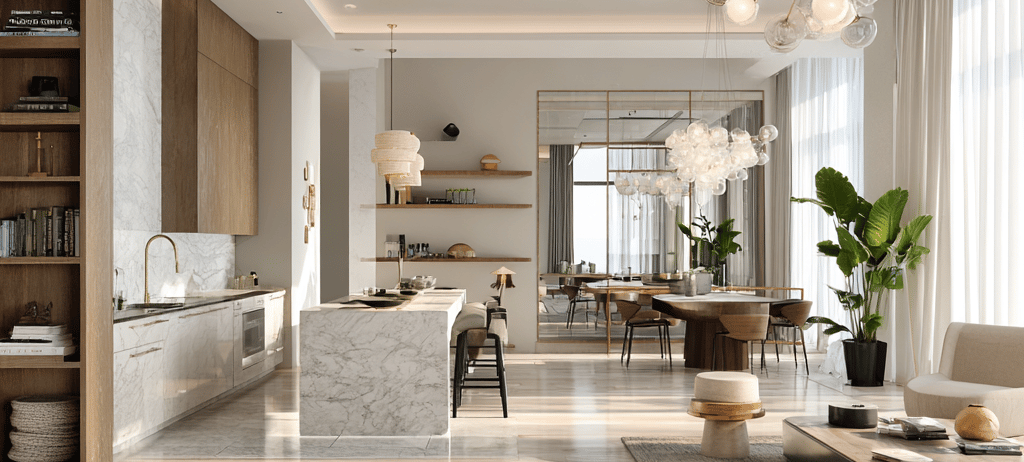

The 7 Principles of Interior Design:
How to Make Every Room Feel Just Right
Are you wondering what “Good Design” is?
Well surely you have walked into a room and just felt at ease, and you couldn’t figure out why? Surely everything must have been aesthetically pleasing, but it’s not just about that. That sense of comfort, beauty, and balance comes down to one thing: the principles of interior design, anyone can learn.
As a home lover who wants to make your space feel more balanced, inviting, and uniquely you, walk the path with me, into the 7 Principles of Interior Design.
In this post, we’ll walk you through these PRINCIPLES that will help you:
The 7 principles of interior design & how you can use them to improve your home
How to use them to bring harmony and personality into your home
Avoid common design mistakes
Make better decisions when shopping for furniture and décor
Feel more confident styling any room in your home
Real-life tips for applying them (no design degree needed!)
1. Balance: Creating a Sense of Stability
Balance is the principle that keeps a room feeling stable and comfortable. It refers to the distribution of visual weight—the sense that things are “even” or “grounded” in a space. Without balance, a room can feel chaotic even if it’s filled with beautiful objects.
There are 3 main Types of Balance you can use:
Symmetrical Balance: This is the most common approach, when elements are mirrored on either side of a central axis—think of a traditional room with matching nightstands and lamps on either side of a bed or a formal living room with matching armchairs on either side of a fireplace. These arrangements bring a sense of order, calm, and formality.
Asymmetrical Balance: More dynamic and relaxed, this balance uses different elements that have equal visual weight—like a large sofa on one side of the room balanced by a grouping of chairs and a floor lamp on the other.
Radial Balance: Here, elements radiate outward from a central point—like chairs around a round dining table or pendant lights around a central chandelier. It draws attention to the middle and creates a sense of energy and focus.
💡Tip: To apply Balance, look at your space as a whole. Imagine it divided into quadrants and evaluate whether each section feels equally weighted. Use furnishings, art, color, and lighting to shift visual weight where needed. When a space is balanced, it just feels right—like everything is in its place, creating peace and harmony you can feel the moment you walk in.
2. Rhythm: Create a Flow That Guides the Eye
Rhythm in interior design has a crucial role. It is strongly related to the organized movement of our eyes around a space. We appreciate repeated elements that are organized and allow a space to be aesthetically pleasing. It helps our eyes travel around the room without feeling overwhelmed or lost, creating a flow that keeps the space interesting
You can create rhythm through repetition, progression, or transition:
Repetition: Repeat a color, shape, texture, or pattern. For example:
Carry your accent color from a throw pillow to a piece of wall art.
Repropose the curve of a round mirror in the shape of a nearby lamp or vase.
Use the same wood tone on your coffee table and picture frames.
Include stripes or florals repeating across different décor
Progression: Gradually vary size, texture or color in a sequence—like nesting tables or a gradient of vases from light to dark.
Transition: Create smooth lines or curves that naturally guide the eye from one point to another.
Radiation: creates a rhythm through the positioning of elements around a focal point.
Contrast: Use contrasting elements to create a sense of rhythm, so you keep a flow and eyes move around the space.
Alternation: Alternate 2 or more elements in a regular pattern. For example ABCABC or ABBABB. Repetition instead would look like: ABABAB.
Rhythm helps the eye move naturally through a space. Maxing your space feels cohesive and thoughtfully connected and curated.
💡Tip: Do not feel overwhelmed! You can incorporate 2-3 of these methods, such as accent colors or materials repeated at least 3 times or follow what inspires you the most.
3. Emphasis: Every Room Needs a Star
A well-designed room always has a focal point—a spot that instantly draws the eye and gives the space purpose. This is your emphasis, your WOW factor.
Your Focal Point could be:
A fireplace with a statement mantle
A large window with a gorgeous view
A dramatic light fixture
A stunning piece of artwork
Once you’ve chosen your focal point, everything else should support it. Arrange furniture, lighting, and accessories to lead the eye toward that star feature without competing with it.
💡Tip: Walk into your room and notice where your eye goes first. Is that what you want to emphasize? If not, rearrange or simplify the space so your chosen focal point can shine.
This principle gives your space clarity and direction—a place for the eye to land and the room to revolve around
4. Contrast: Adding Drama and Interest
Contrast is the secret ingredient that brings energy and excitement to a space. It’s what keeps a room from looking flat or uninspired. In interior design, contrast is all about pairing opposites to make each stand out more.
You can create contrast in many ways:
Color: Use light and dark shades together, such as black & white, navy & cream.
Shape plays a huge role: a round mirror on a rectangular wall or a curvy sofa against a straight-lined console table adds instant intrigue.
Texture: Texture, too, creates contrast. Pair rough with smooth—like a jute rug under a glass coffee table, a smooth marble countertop next to a rustic wood cabinet.
Contrast also helps define areas in an open-plan space. An accent wall behind a neutral sofa, or a patterned tile back splash in an otherwise minimalist kitchen, creates a strong visual identity.
For home lovers, using contrast is an easy way to bring personality into your space. Just be mindful not to overdo it. Too much contrast can feel chaotic; aim for just enough to keep things visually dynamic.
💡Tip: If your room feels dull, use contrast sparingly and purposefully. Start with a base (neutral or monochrome) and layer in one or two contrasting elements for a balanced yet bold effect
Try it: Measure your space and compare it to the size of your furniture and decor. Adjust placement or swap items out if something feels off.
5. Scale & Proportion: Make Everything Fit Just Right
This is where many home lovers struggle—buying furniture that’s too big or too small for the room. So understanding perfectly the principle of Scale and Proportion can help you save time & money.
While Scale & Proportion are closely related, they refer to slightly different things:
Scale refers to how the size of one object relates to the space it’s in.
Proportion is about how the size of objects relate to each other.
Ever seen a tiny rug floating in the middle of a big living room? That’s a scale issue. Or a giant chandelier over a small dining table and a tiny side table next to an over-sized sectional Another mismatch. Getting these right can instantly elevate your space.
Choose furniture and decor that are in proportion with each other and your room. A large sectional might be perfect for a big, open living space but overwhelming in a small flat. Similarly, a tall headboard can add drama in a spacious bedroom but feel crowded in one with low ceilings.
A good rule of thumb: measure before you buy. And always leave room for movement—don’t cram every inch with over-sized furniture.
💡Tip: Use painter’s tape to outline furniture dimensions on the floor before buying. This helps visualize scale and traffic flow.
Bonus: Always measure your space (including ceiling height!) and check the dimensions of any item before purchasing.
6. Harmony: Tie It All Together
Harmony is the invisible thread that connects every element in your room. It’s what makes a space feel cohesive, calming, and complete—even when it includes a mix of styles or colors.
Achieving harmony doesn’t mean everything has to match. In fact, matchy-matchy spaces can feel stale. Harmony is about creating relationships between elements—colors that complement each other, shapes that echo across the room, and textures that repeat in subtle ways. For example:
you might mix modern and vintage furniture, but tie them together through a unified color palette or shared wood tones.
you might have various patterns, but they all share a common hue.
Harmony is especially important in open-plan spaces, where multiple areas flow into one another. Use rugs, lighting, and color to create continuity between rooms while still giving each zone its own identity.
💡Tip: Step back and look at your room as a whole. Does it feel unified? If something feels jarring, consider removing or reworking that item to better suit the overall vibe.
Bonus: As I always suggest, create a mood board before you start designing to check if all your ideas feel cohesive together
7. Unity: The Big Picture
While harmony is about the pieces in a single room, unity is about the whole home. It ensures your rooms feel like they belong in the same house. Either way, unity is what happens when all the principles work together. The result? A space that feels effortless, polished, and uniquely yours.
Unity is also what helps different rooms in your home flow from one to the next. This can be achieved by repeating elements across spaces or carrying your design style consistently from room to room. So check:
Is there a consistent color palette throughout your home
Do your furniture and finishes align with your overall design style?
Does a room feel completely disconnected from the rest?
💡Tip: Walk through your home. Do your rooms feel connected or completely separate in style? Look for ways to tie them together through the use of transitional elements such as Color, Flooring, or Lighting choices.
Bringing It All Together: A Real-Life Example
Let’s say you’re updating your living room. You start with a cozy sage green and cream color scheme -Harmony, then add a soft wool rug and a leather armchair -Texture.
You hang a statement art piece above the fireplace -Emphasis, and balance the layout with a sofa opposite two chairs and a side table -Balance. You repeat the green accent color in throw pillows and a leafy print -Rhythm, and add contrast with a black coffee table and a white vase -Contrast
Everything is appropriately scaled for the room size -Scale/Proportion.
And voilà, you’ve created a space that feels intentional, stylish, and so you, because all the principles are working in sync.
Why This Matters for You
Great design isn’t about following trends. It’s about creating a home that reflects your lifestyle, personality, and values. When you understand the principles of interior design, you can trust your own judgment, make better choices, and love your space more.
Whether you're rearranging your bedroom, picking a new sofa, or renovating your entire home, keep these principles in mind. They’re the timeless tools behind every beautiful, functional space.
Once you start seeing your home through this lens, even small changes can make a big difference.
So whether you're fluffing your cushions or planning a full room makeover, come back to these seven principles. They’ll guide you every step of the way.
Want to keep learning?
👉Check out other blog posts in The Design Blog,
📥 Ready to take it further? Download one of our free e-books packed with design tips and practical checklists to help you love your home even more.
💌 Subscribe to The PTD Newsletter for weekly inspiration, product finds, and DIY ideas to make your space shine.
💬 Have questions or want to share your latest project? Leave a comment below or tag us on social media—we love seeing what you create!
Happy decorating!
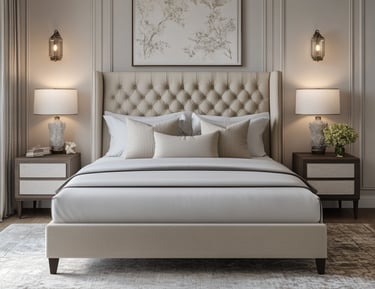

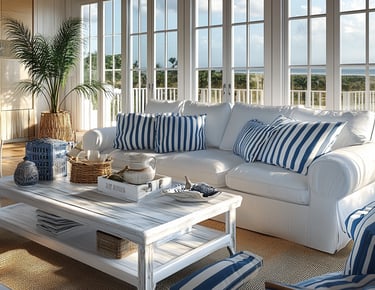

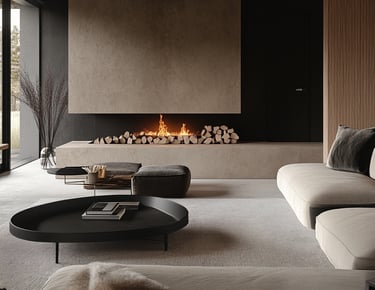


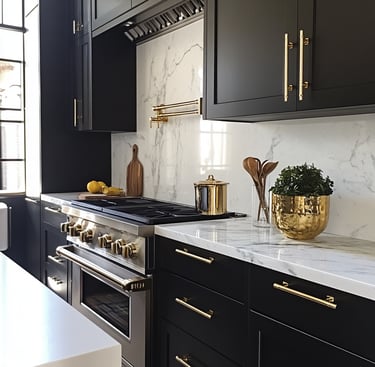

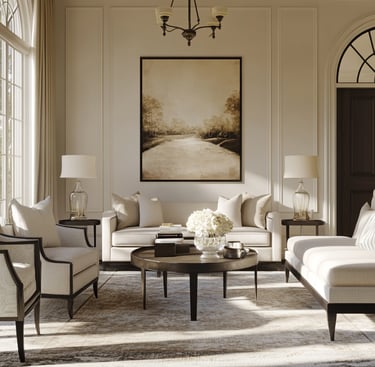

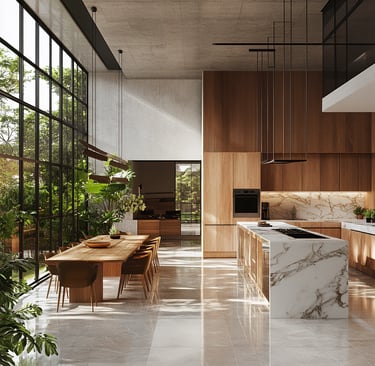
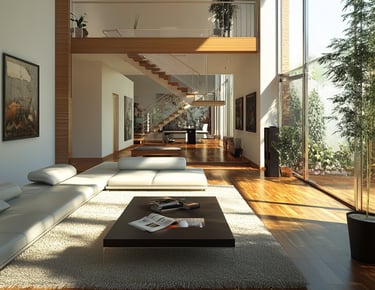



I am Natasha Del Brocco, interior designer, founder of HomeValley Interiors & of ‘The Path to Design" Hub. I am passionate about creating homes that Feel as good as they look.
With a love for Nature, Art, and Animals, I help home lovers like you design beautiful, functional, and pet-friendly spaces that reflect who you are. Through my blog and eBooks, I share expert advice, smart solutions and inspiring ideas to help you fall in love with your home all over again.
Disclaimer: This site includes affiliate links that may earn me a commission at no additional cost to you. I only recommend products I truly believe in and that can make your home more beautiful and functional.

What I Do
natasha@thepathtodesign.com
Join my Email List for Inspirational & Strategic Newsletters
Who I Am
